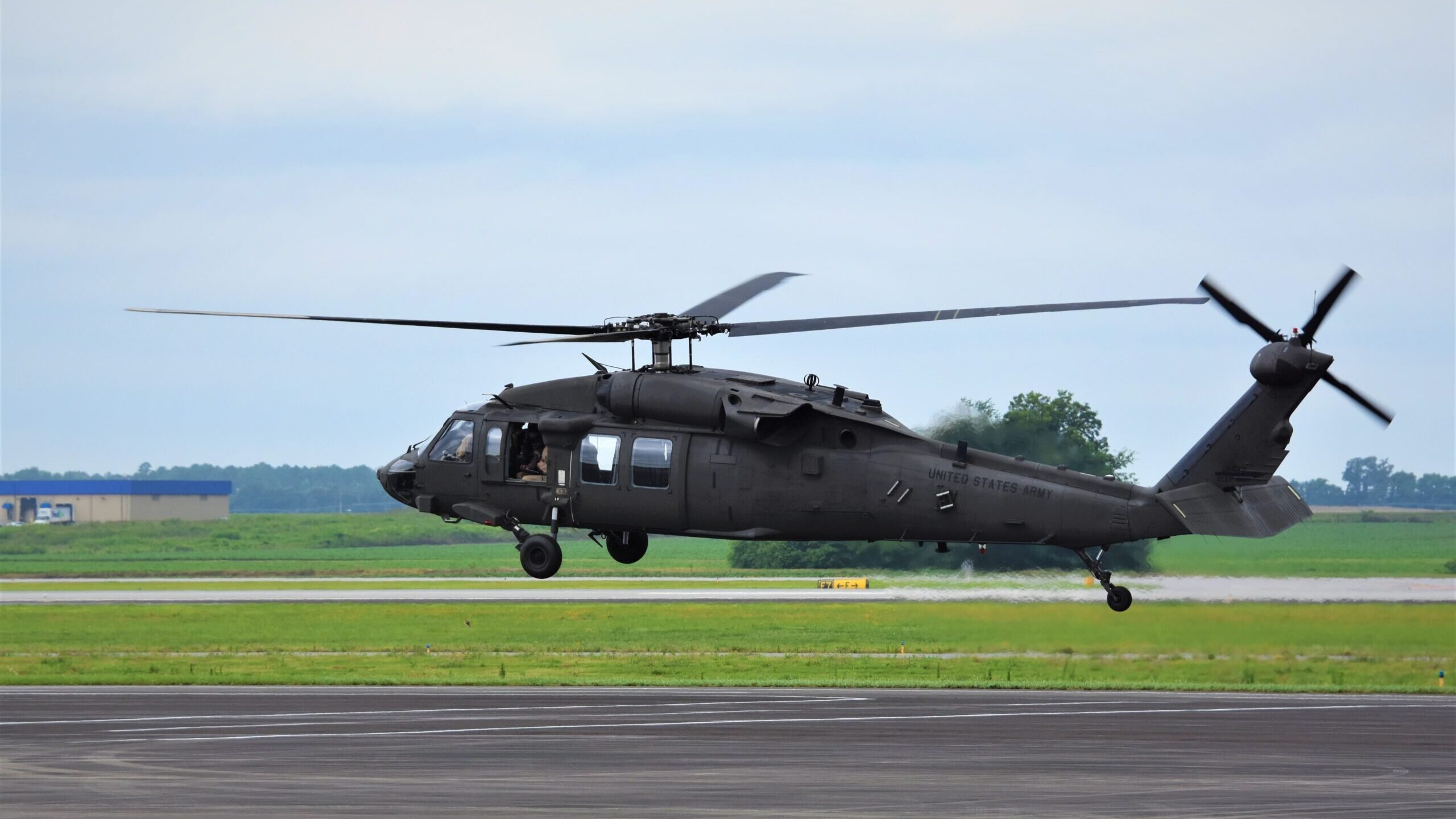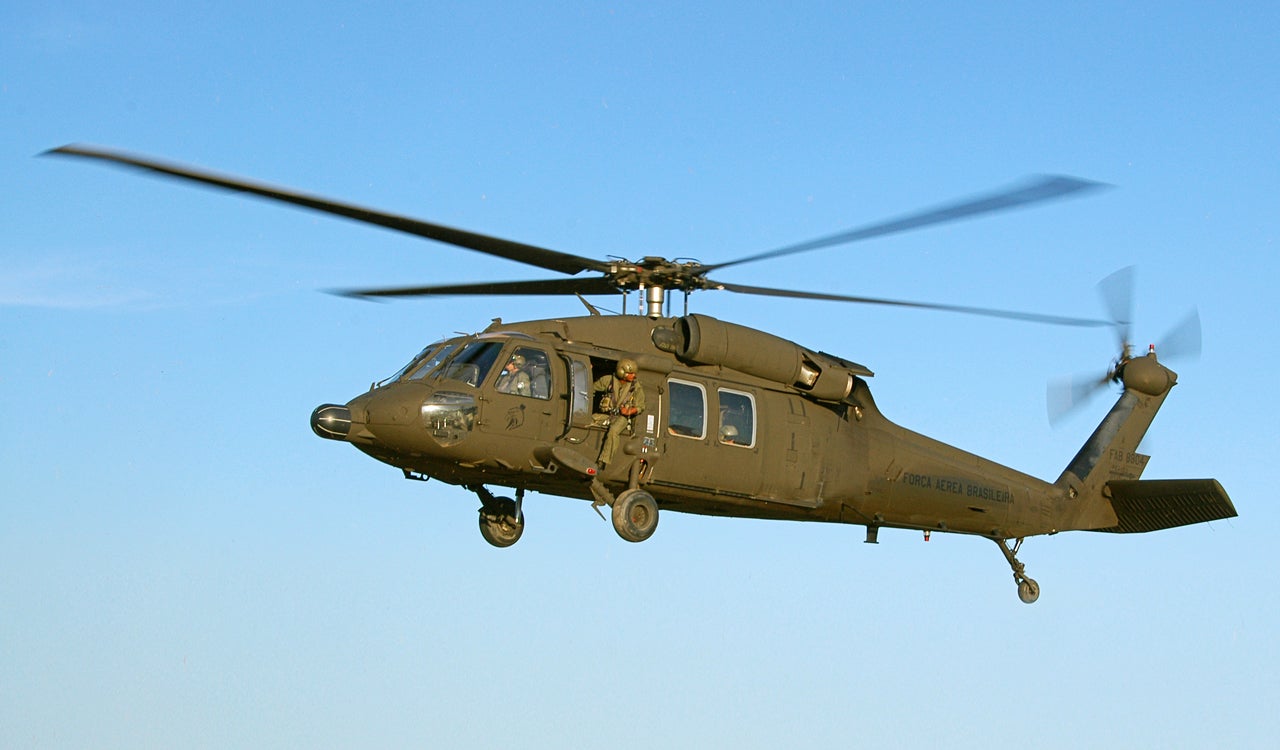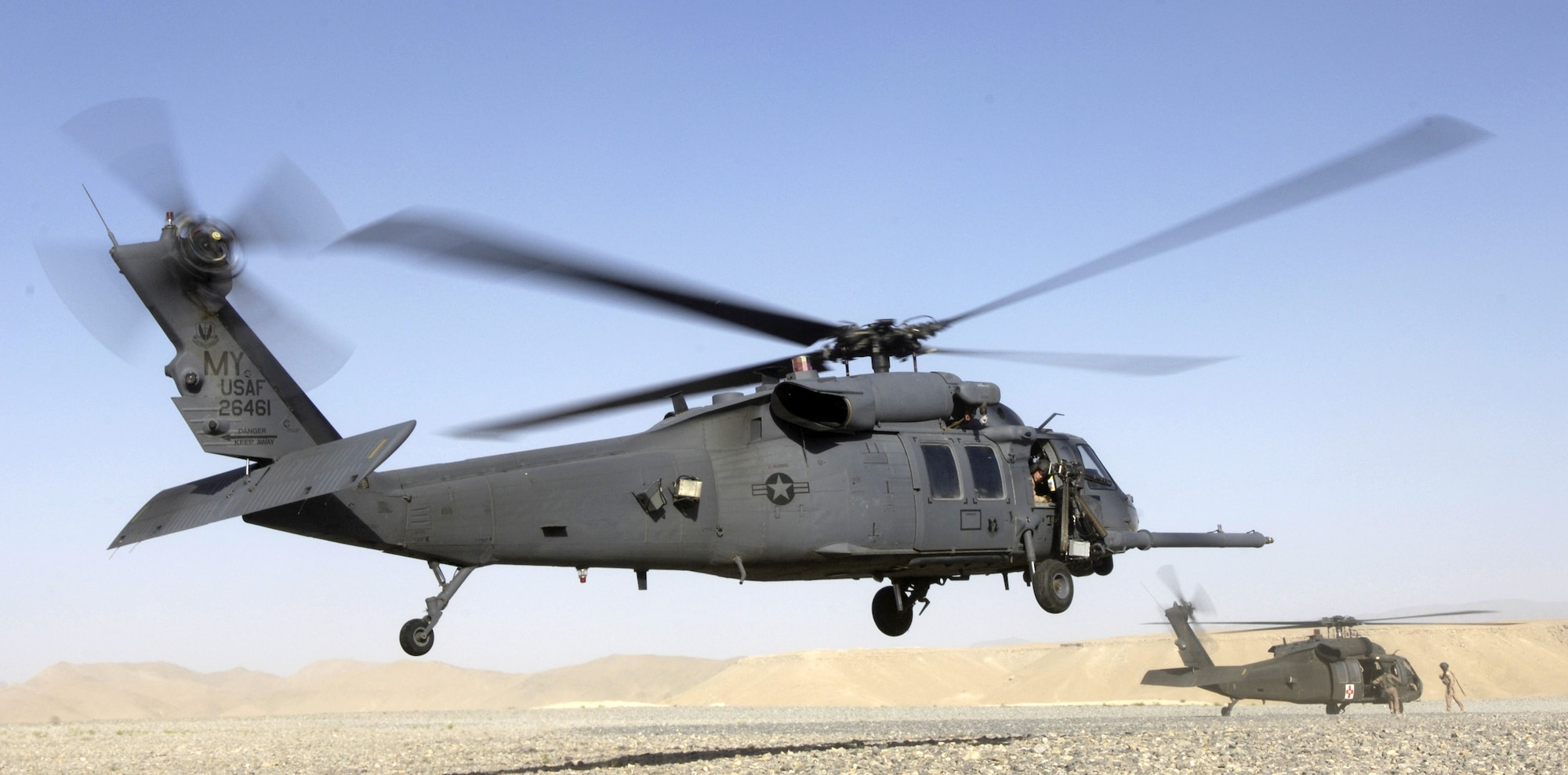Checking Out the Innovative Technology Behind Airplane Style and Engineering
The field of aircraft layout and engineering is experiencing a transformative change driven by cutting-edge technologies that boost performance, performance, and sustainability. As the sector grapples with the challenges of environmental obligation, growths in sustainable air travel modern technologies assure to reshape the future.
Advanced Materials in Airplane Layout
Just how can the combination of innovative products change airplane design? The consolidation of sophisticated materials, such as carbon fiber composites, titanium alloys, and progressed ceramics, plays a critical duty in boosting airplane efficiency and performance.
Furthermore, innovative products display improved resistance to corrosion and fatigue, resulting in reduced upkeep expenses and prolonged service life. For example, using titanium in vital elements helps withstand severe temperature levels and anxieties, while carbon fiber composites offer flexibility in layout and production processes. This flexibility permits for even more aerodynamic forms, contributing to exceptional efficiency characteristics.
Furthermore, the combination of wise materials, which can change residential properties in feedback to exterior stimulations, opens brand-new opportunities for adaptive systems in airplane design. uh 60. These advancements promise not just to improve safety and security and operational performance however also to add to sustainability initiatives by lessening environmental effect through minimized exhausts. In recap, advanced materials are redefining the landscape of airplane design, leading the method for much more efficient, durable, and eco pleasant air travel services
Wind Resistant Innovations for Effectiveness
Wind resistant developments play a crucial role in improving airplane efficiency, substantially influencing fuel consumption and general efficiency. Advancements in airfoil layout, such as the introduction of supercritical wings, enable maximized lift-to-drag proportions, decreasing drag at transonic rates. These technologies enable aircraft to preserve greater speeds with lower fuel expense, straight influencing operational costs and environmental sustainability.
Additionally, the assimilation of winglets has shown efficient in minimizing vortex-induced drag at the tips of wings, even more improving gas effectiveness - uh 60. This layout alteration leads to a reduction in wake turbulence, adding to enhanced wind resistant efficiency throughout cruise ship problems

Moreover, computational fluid characteristics (CFD) tools have actually transformed the screening and improvement of wind resistant forms, enabling precise simulations of air movement around airplane (uh 60). This allows engineers to introduce constantly, ensuring that modern-day airplane not only fulfill regulative standards yet likewise push the borders of effectiveness in aviation

Function of Computer Simulations
Computer simulations have ended up being an essential device in the field of airplane layout, allowing engineers to perform comprehensive evaluations and optimizations of different style facets. These simulations permit the virtual screening of wind resistant buildings, structural integrity, and performance metrics long prior to physical prototypes are constructed. By employing computational fluid characteristics (CFD) and limited element analysis (FEA), designers can predict just how air streams around the airplane and how different materials will reply to tension and stress.
In addition, computer system simulations help with the exploration of a vast array of scenarios and variables, accelerating the design process and lowering costs connected with physical screening. This capacity not just boosts the precision of predictions concerning aircraft behavior but additionally supplies insights into possible design renovations that could not be immediately apparent through conventional techniques.

Additionally, simulations aid ensure conformity with rigorous safety laws by permitting designers to recognize and fix possible problems early in the style phase. The integration of simulation innovations right into the aircraft style process emphasizes the substantial innovations in design methods, eventually contributing to the development of more go secure, extra reliable, and ecologically friendly aircraft.
Expert System in Engineering
Fabricated intelligence (AI) is reinventing the design landscape, particularly in aircraft style, by maximizing and enhancing decision-making processes style operations. Via device discovering formulas, AI can analyze large datasets, discovering patterns and understandings that educate design options and enhance total performance.
AI applications in airplane design include generative style, where algorithms produce numerous layout alternatives based on specified specifications, enabling designers to examine a more comprehensive series of possibilities. This not only accelerates the design phase but likewise makes sure that the last items satisfy rigid efficiency and safety and security standards.
In addition, AI-driven anticipating analytics promote upkeep organizing by evaluating historic data and forecasting potential failings. This positive technique lowers downtime and boosts airplane reliability.
Additionally, AI aids in simulation and modeling, allowing engineers to check styles under different conditions without the need for physical prototypes. This ability shortens growth timelines and decreases expenses connected with conventional testing approaches.
Lasting Air Travel Technologies
Exactly how can the aviation sector effectively equilibrium development and ecological obligation? The solution depends on the adoption of lasting air travel innovations that prioritize effectiveness and decrease carbon emissions. Innovations such as lasting aeronautics gas (SAFs), which are obtained from renewable energies, have actually emerged as a crucial part in accomplishing lower lifecycle exhausts. SAFs can considerably lower the carbon impact of flights, making them a viable option to typical jet fuels.
In addition, improvements in airplane design, such as the advancement of lighter materials and more aerodynamically reliable shapes, add to boosted fuel effectiveness. Electric and hybrid propulsion systems are also acquiring grip, providing a path to reduce reliance on fossil gas and minimize greenhouse gas discharges.
The assimilation of these technologies is supported by governing frameworks and industry partnerships focused linked here on setting ambitious sustainability targets. Moreover, electronic tools like data analytics and expert system can optimize flight operations, additionally boosting fuel efficiency. By welcoming sustainable practices and technologies, the aeronautics industry can not only satisfy the growing demand for air travel however likewise play a crucial role in addressing environment adjustment, guaranteeing a more lasting future for air transportation.
Verdict
The convergence of innovative products, aerodynamic developments, and innovative modern technologies notes a considerable evolution in airplane style and design. The combination of carbon fiber compounds, titanium alloys, and AI-driven procedures not just enhances performance and efficiency however additionally streamlines process and anticipating maintenance.

Computer system simulations have become a vital device in the area of aircraft design, allowing engineers to carry out thorough evaluations and optimizations of various layout facets.The convergence of advanced products, aerodynamic developments, and innovative modern technologies notes a substantial advancement in aircraft design and engineering.